点击下方蓝色字 即可免费领取↓↓↓
**读者福利 |**《网络安全自学教程》
文章目录
-
- 一、ISO/IEC 27000系列标准
-
- 1.1 ISO/IEC 27001
- 1.2 ISO/IEC 27002
- 二、NIST SP 800系列标准
-
- 2.1 NIST SP 800-53
- 2.2 NIST SP 800-61
- 三、PCI DSS
- 四、OWASP Top 10
- 五、CIS Controls
- 结论
网络安全的标准和规范是网络安全领域的重要组成部分。它们为网络安全提供了技术依据,规定了网络安全的技术要求和操作方式,帮助我们构建安全的网络环境。下面,我们将详细介绍一些主要的网络安全标准和规范,以及它们在实际操作中的应用。
一、ISO/IEC 27000系列标准
ISO/IEC 27000系列标准是国际标准化组织(ISO)和国际电工委员会(IEC)共同制定的关于信息安全管理的一系列国际标准。它们为信息安全管理提供了框架和指导,帮助我们建立、运行、维护和改进信息安全管理系统(ISMS)。
1.1 ISO/IEC 27001
ISO/IEC 27001是ISO/IEC 27000系列标准中的核心标准。它规定了建立、实施、运行、监控、审查、维护和改进ISMS的要求。
例如,它要求组织确定信息安全风险,选择适当的风险处理选项,制定信息安全策略,实施信息安全控制,监控和审查ISMS的效果,不断改进ISMS。
# 一个简单的例子是,你可以使用Python的hashlib模块来实现信息的加密,以保护信息的安全。
import hashlib
# 原始信息
message = "Hello, world!"
# 使用SHA-256算法加密信息
hashed_message = hashlib.sha256(message.encode()).hexdigest()
print(hashed_message)
# 输出:c0535e4be2b79ffd93291305436bf889314e4a3faec05ecffcbb7df31ad9e51a
1.2 ISO/IEC 27002
ISO/IEC 27002是ISO/IEC 27000系列标准中的实践标准。它提供了实施ISO/IEC 27001中信息安全控制的指导。
例如,它提供了关于人员安全、物理和环境安全、通信和操作管理、访问控制、信息系统获取、开发和维护、信息安全事件管理、业务连续性管理、合规性等方面的指导。
# 一个简单的例子是,你可以使用Python的getpass模块来隐藏输入的密码,以实现访问控制。
import getpass
# 输入密码
password = getpass.getpass("Enter your password: ")
# 检查密码
if password == "secret":
print("Access granted.")
else:
print("Access denied.")
二、NIST SP 800系列标准
NIST SP 800系列标准是美国国家标准与技术研究院(NIST)制定的关于计算机安全的一系列专业标准。它们为计算机安全提供了详细的指导,帮助我们建立、运行、维护和改进计算机安全系统。
2.1 NIST SP 800-53
NIST SP 800-53是NIST SP 800系列标准中的主要标准。它提供了信息系统的安全和隐私控制。
例如,它提供了关于访问控制、意识和培训、审计和责任、安全评估、配置管理、污点保护、身份和认证、风险评估、系统和服务获取、系统和通信保护、系统和信息完整性等方面的控制。
# 一个简单的例子是,你可以使用Python的os模块来检查文件的权限,以实现访问控制。
import os
# 文件路径
file_path = "/path/to/your/file"
# 检查文件是否可读
if os.access(file_path, os.R_OK):
print("The file is readable.")
else:
print("The file is not readable.")
# 检查文件是否可写
if os.access(file_path, os.W_OK):
print("The file is writable.")
else:
print("The file is not writable.")
# 检查文件是否可执行
if os.access(file_path, os.X_OK):
print("The file is executable.")
else:
print("The file is not executable.")
2.2 NIST SP 800-61
NIST SP 800-61是NIST SP 800系列标准中的实践标准。它提供了计算机安全事件处理的指导。
例如,它提供了关于事件处理的预备、检测和分析、包含和清除、后期事件活动等阶段的指导。
# 一个简单的例子是,你可以使用Python的logging模块来记录安全事件,以便于后期的分析和处理。
import logging
# 创建日志记录器
logger = logging.getLogger("security")
# 设置日志级别
logger.setLevel(logging.INFO)
# 创建日志处理器
handler = logging.FileHandler("/path/to/your/log/file")
# 设置日志格式
formatter = logging.Formatter("%(asctime)s - %(name)s - %(levelname)s - %(message)s")
handler.setFormatter(formatter)
# 添加日志处理器
logger.addHandler(handler)
# 记录安全事件
logger.info("A security event happened.")
三、PCI DSS
PCI DSS(Payment Card Industry Data Security Standard)是由主要的信用卡公司联合制定的数据安全标准。它规定了处理、存储和传输信用卡信息的要求。
PCI DSS包括12个要求,分别涵盖了网络安全的各个方面,如防火墙配置、密码策略、物理安全、访问控制、网络监视和测试等。
例如,PCI DSS要求公司必须使用防火墙保护信用卡信息,不能使用供应商提供的系统默认密码,必须限制物理访问信用卡信息,必须对所有访问信用卡信息的行为进行跟踪和监视等。
四、OWASP Top 10
OWASP Top 10是由开放网络应用安全项目(OWASP)发布的最常见的10种网络应用安全风险。它是网络应用安全的重要参考,可以帮助开发者和安全工程师理解和防止网络应用安全风险。
例如,OWASP Top 10 2021版本中的第一种风险是"注入"。注入风险是指恶意数据被插入或"注入"到一个命令或查询中,导致命令或查询执行非预期的行为。注入风险的一个常见例子是SQL注入。
SQL注入是攻击者通过输入恶意的SQL代码,篡改原有的SQL查询语句,从而获取未经授权的数据访问、修改数据、执行管理员操作等。例如,假设一个登录表单的SQL查询语句是这样的:
SELECT * FROM users WHERE username = '[username]' AND password = '[password]'
如果攻击者在用户名字段输入"admin' --,那么SQL查询语句就变成了:
SELECT * FROM users WHERE username = 'admin' --' AND password = '[password]'
在SQL中,"–“是注释的开始,所以”–"之后的内容都会被忽略。这样,攻击者就可以在不知道密码的情况下登录admin账户。
防止SQL注入的方法包括使用参数化查询、使用预编译语句、限制和控制输入等。
五、CIS Controls
CIS Controls是由美国网络安全中心(CIS)发布的20个网络安全控制措施。它是一种实用的网络安全策略,可以帮助组织防止和应对网络攻击。
CIS Controls包括基础控制、高级控制和组织控制三个层次。基础控制包括最基本的网络安全措施,如硬件和软件资产管理、持续的漏洞管理、受控使用管理权限等。高级控制包括更高级的网络安全措施,如数据保护、边界防御、数据恢复能力等。组织控制包括组织层面的网络安全措施,如安全技能评估和培训、应用软件安全、事故响应和管理等。
例如,CIS Controls的第一项控制就是"硬件资产管理"。它要求组织必须建立、维护和持续更新一个包含组织内所有硬件资产的清单。这个清单可以帮助组织理解网络的规模和复杂性,识别未授权的硬件,防止和应对攻击。
结论
网络安全的标准和规范是保障网络安全的重要手段。它们为网络安全提供了技术指南和操作规程,帮助我们理解和实施网络安全措施。在面对网络安全问题时,我们需要理解和遵守相关的标准和规范,以保护我们自己和他人的权益,避免网络攻击。
给大家的福利
为了帮助大家更好的学习网络安全,我给大家准备了一份网络安全入门/进阶学习资料,里面的内容都是适合零基础小白的笔记和资料,不懂编程也能听懂、看懂这些资料!点击下方蓝色字 即可免费领取↓↓↓
**读者福利 |** 👉CSDN大礼包:《网络安全入门&进阶学习资源包》免费分享 **(安全链接,放心点击)**
1️⃣零基础入门
① 学习路线
对于从来没有接触过网络安全的同学,我们帮你准备了详细的学习成长路线图。可以说是最科学最系统的学习路线,大家跟着这个大的方向学习准没问题。

② 路线对应学习视频
同时每个成长路线对应的板块都有配套的视频提供:
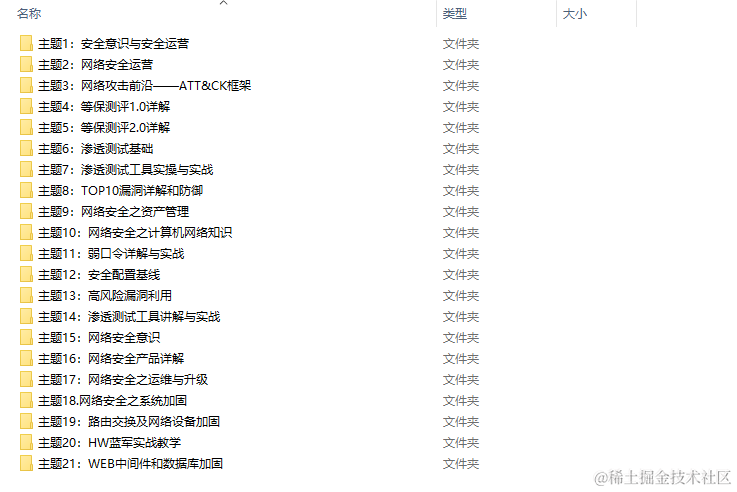
2️⃣视频配套资料&国内外网安书籍、文档
① 文档和书籍资料
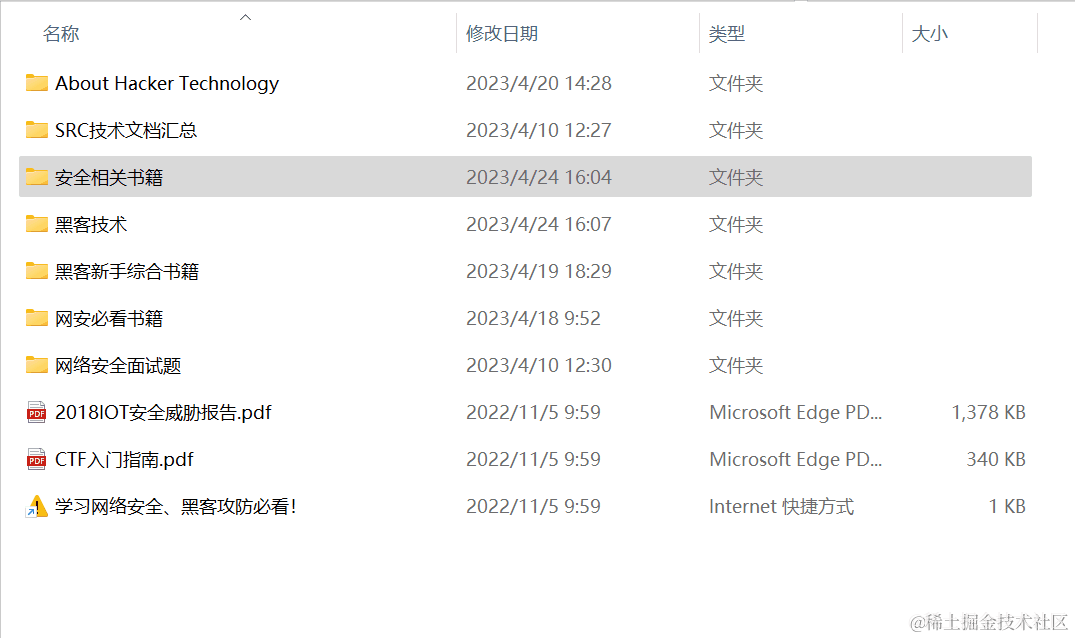
② 黑客技术


因篇幅有限,仅展示部分资料
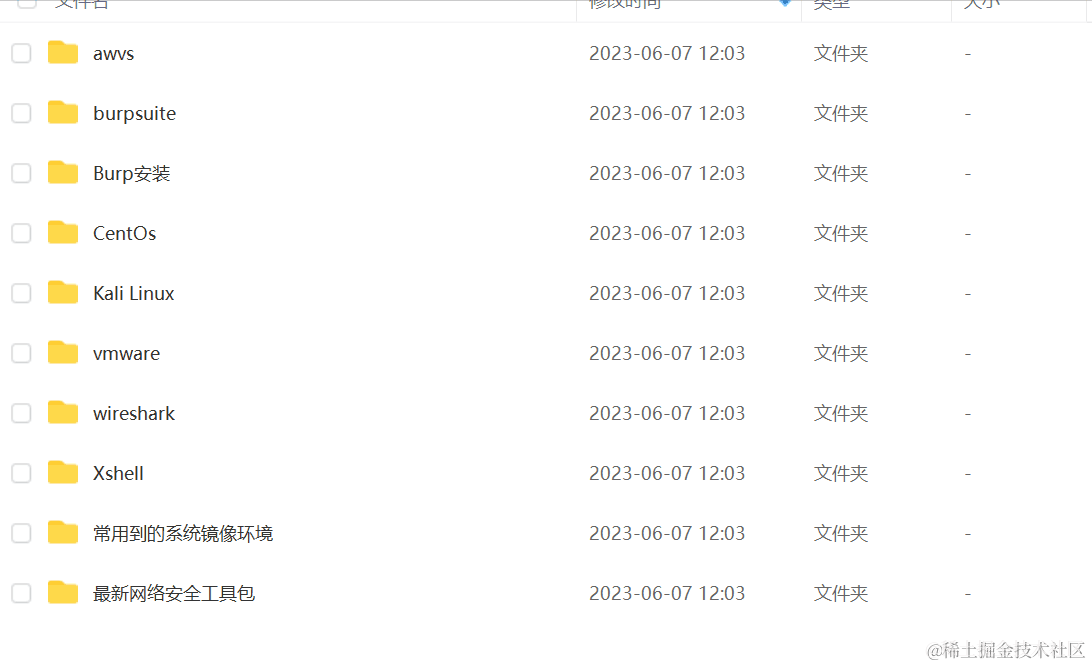
4️⃣网络安全面试题
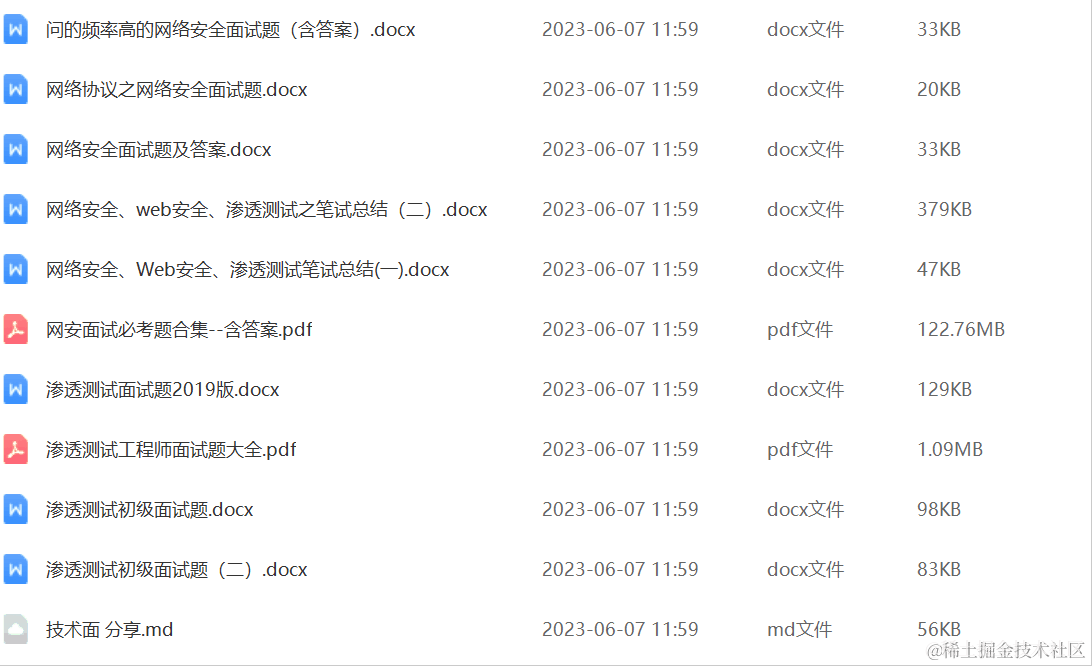
5️⃣汇总

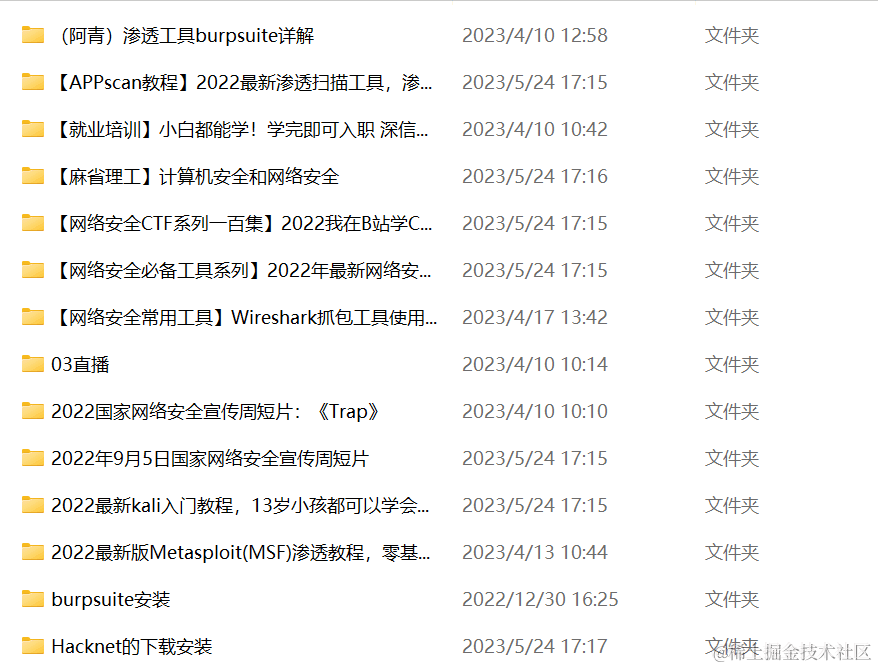
所有资料 ⚡️ ,朋友们如果有需要全套 《网络安全入门+进阶学习资源包》,点击下方蓝色字 即可免费领取↓↓↓
**读者福利 |** 👉CSDN大礼包:《网络安全入门&进阶学习资源包》免费分享 **(安全链接,放心点击)**
微信扫码免费获取~

























 7529
7529

 被折叠的 条评论
为什么被折叠?
被折叠的 条评论
为什么被折叠?










